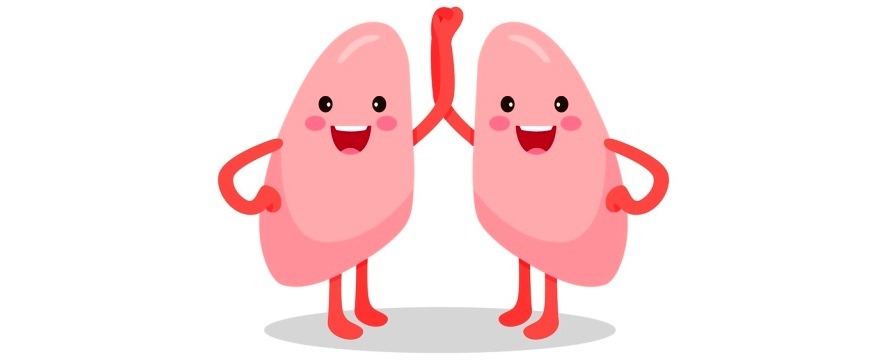Breathing stimulates the body to work better, which is why it places such an important effect on our sense of wellbeing. When we obtain good posture, your chest naturally opens up to allow space in your lungs, giving your diaphragm the room it needs to function correctly. As the diaphragm works into full expansion, all your organs are being massaged, rolled and churned, allowing a new supply of blood, fluid and oxygen.
However, during our daily routine, we easily fall back into the habit of a slumped posture. Australians who work fulltime at desk will generally spend an average of 6.3 hours per day sitting down. It is during this time that’s most vital to be aware of your posture, as we strive for the aim to match our breathing habits with a habitual posture to adequately expand your diaphragm.
A study conducted by the American Academy of Physical Medicine and Rehabilitation investigated the effect of sitting posture on lung capacity and expiratory flow. Findings discovered, obtaining a seated slumped posture significantly decreased lung capacity and expiratory flow. Sitting upright improved this along with a standing posture, allowing higher levels of lung capacity and healthier expiratory flow.
In order to access your optimal level of lung capacity, here are a few tips to retain good form in posture for healthy breathing;
- Sit with your shoulders back and your body weight distributed evenly on both hips
- Keep your feet flat on the floor and have both knees bent at a right angle
- You should have three natural curves in your spine present
- Avoid sitting down in the exact same position for more than 30mintues – get moving, stretch, take a short walk
- Most important – take a deep breath every so often
To get your day started, you could also try our formal breathing exercise routine. This exercise regime is designed to retrain the way in which you are currently breathing, to help relax your superficial abdominal and lower back muscles. All you need is to take a couple of minutes first thing in the morning to perform ten breaths in the following form;
Start in a lying position on your back on a firm surface (i.e. the floor).
- Take a deep breath in through your nose – focus on your stomach being relaxed BUT expanding (lifting your stomach to the ceiling)
- Hold this breath for 2seconds.
- Breath out slowly through your mouth – Imagine a weight is now slowly pressing your tummy down towards your spine.
Refer to image below for a guide;
Want to know more?
If you want more information or would like to book for a FREE full body assessment with one of our Physiotherapists or Exercise Physiologists, call us on 9857 0644 or email us at admin@md-health.websitepro.hosting
Source: Breathe Magazine, Take a Deep Breath, R. Dennis; Issue 03 2017, p6-8.





